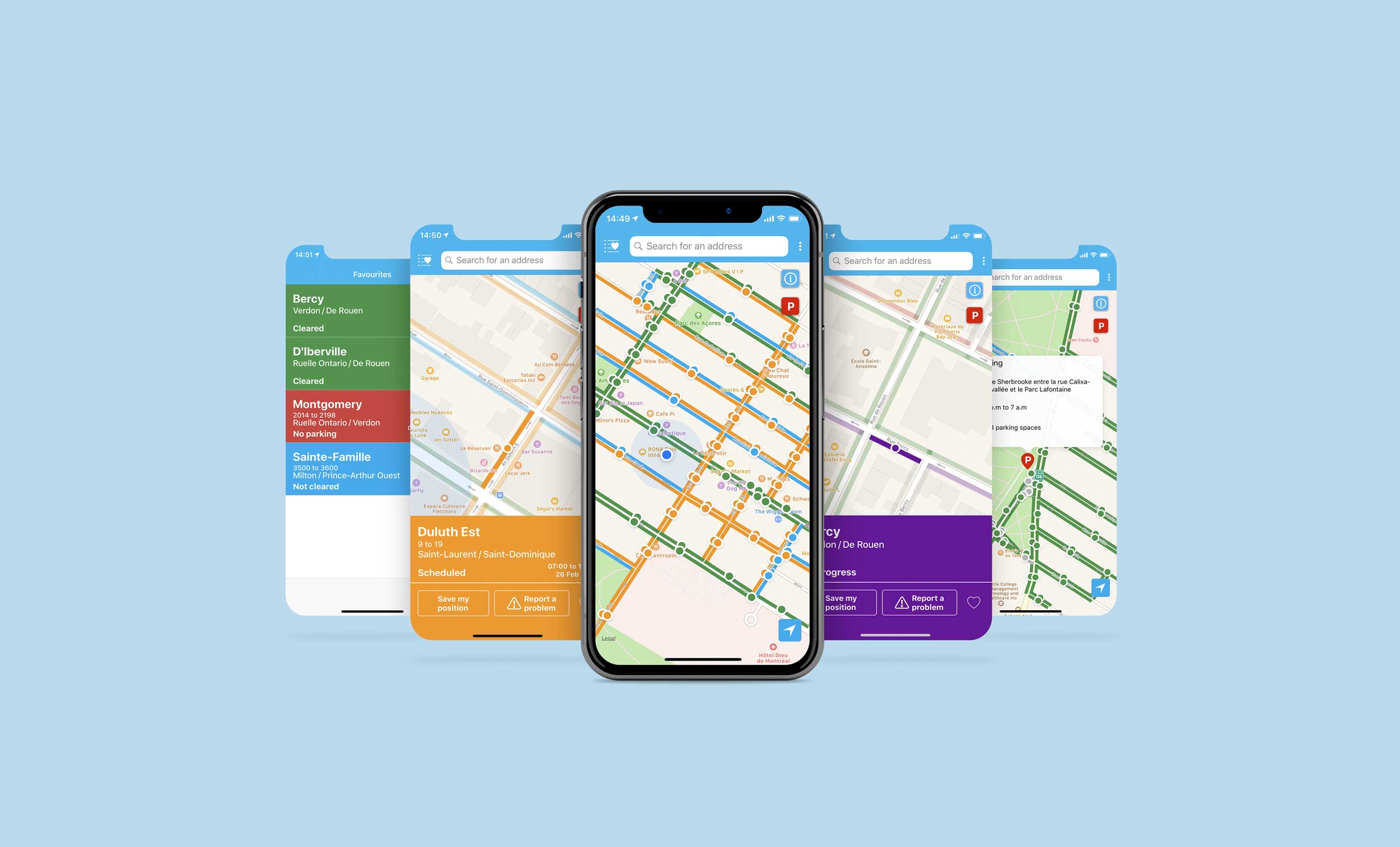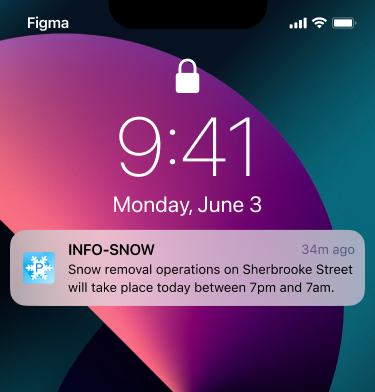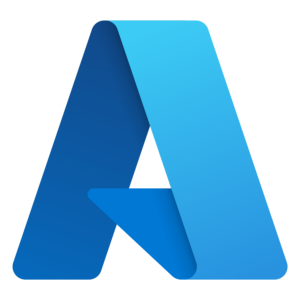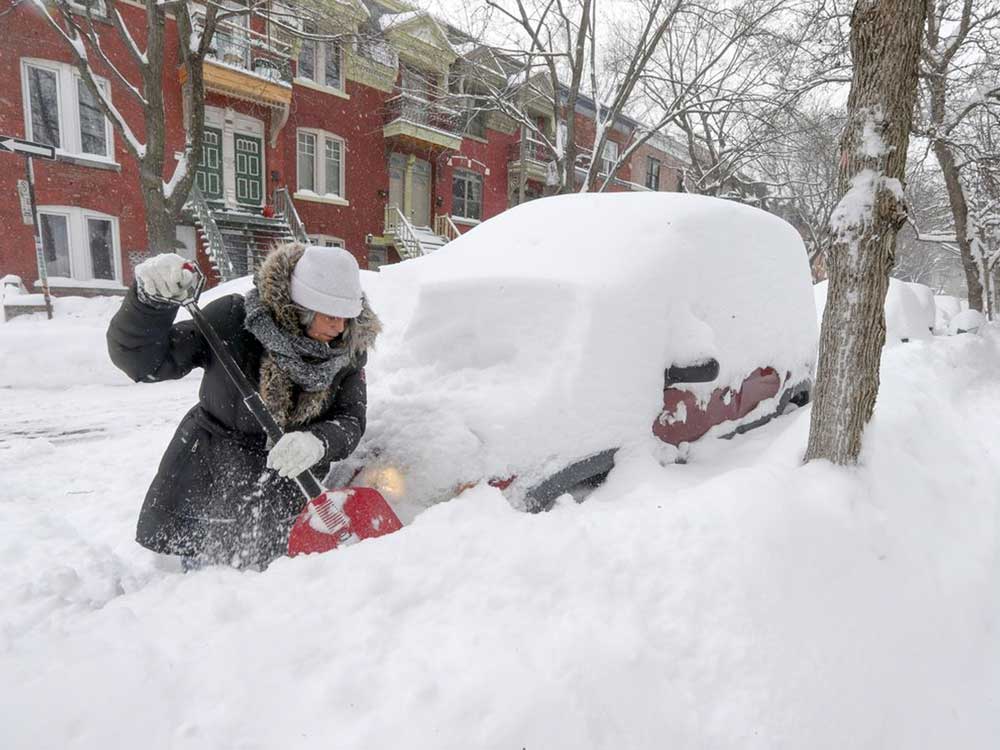Making Snow Removal Easier for Citizens Through Azure and Mobile Apps

Info-Snow – A Native Mobile App for Snow Removal Notifications
Sidekick Interactive has worked with the city of Montreal to developed native mobile apps for citizens living in the city to receive reliable and timely notifications about snow removal operations. The INFO-Snow app was built using native iOS and Android technologies, Swift and Kotlin, and is powered by an Azure back end. Citizens can quickly get up-to-date information through push notifications that are sent directly to the native mobile app.
Montreal is no stranger to snowstorms. The region has historically been one of the most affected by winter storms, with snow accumulations reaching up to 10 inches in a single storm. These storms can cause hazardous driving conditions and serious disruptions in travel, business, and everyday life. To mitigate these effects, the city has implemented an extensive snow removal operation that begins each November and runs through April.
The snow removal operation in Montreal begins with a plowing process to ensure that the main roads are clear and safe for vehicles and pedestrians. Once this initial step is complete, a specialized fleet of trucks begins to pick up the snow from the streets and bring it to designated snow dumps. This method is used to free up public parking spaces and reduce the risk of flooding during the spring thaw. But this method also means that severe and ad-hoc parking restrictions are inflicted on the citizens throughout the winter following these storms.
The native mobile apps developed by Sidekick Interactive have been specifically designed to improve the efficiency of snow removal in the city. Before the INFO-Snow mobile app, citizens in Montreal had limited visibility on when snow removal operations were taking place, and this caused frustration and led to cars being towed. This lack of information was since all the snow removal routes, and real-time updates were not digitized by the city. Snowplow operators used paper routes and called-in to give updates to the central. The city would release vague percentages of snow removal progress that didn’t mean anything to citizens.
To digitize the process and create a huge database of real-time status for each street segment side, the city worked with GIS tools and its GEO-Json street base, as well as created manual tracking input interfaces for plow drivers and equipped plows with GPS tracking. This created a massive database of street segments, for which each had a status: planned, actively being cleared, or cleaned.
This was a great first step and helped the city get good visibility on its operations, but what value does it bring citizens to view a large map and see accurate percentage advancements? Very little. In fact, most people care only about the things that contextually directly affect them.
Hence the idea for INFO-Snow was born, where we would match a user’s parking spot, address and preferences with the database of street segment statuses and alert citizens when their precisely tracked segment changes status.
How It Works – How the Native Mobile App Uses Push Notifications to Alert Residents When Their Street Is Scheduled for Snow Removal

The native mobile app for iOS and Android leverages push notifications to alert citizens when their street is scheduled for snow removal or changes status. The native mobile apps also allow users to easily input their parking spot and address into the app, so they can get precise updates about when their street will be cleared.
For example, a user would receive a notification a few hours prior to the snow removal telling them that their street is scheduled for clearing at a certain time, allowing the citizen to act on the notification, and then receive reminders leading up to the actual pick-up.
Built With Azure – A Look at the Back-End Architecture and Why We Chose Azure for This Project

The native mobile app relies on our Azure back-end to efficiently handle and store the massive data sets of street statuses collected from the GIS tools, manual tracking input interfaces for plow drivers, and GPS tracking. To ensure scalability and remain apprised of any data changes, as well as not overload the city’s servers, we set up a medium layer (our Azure servers) between the city’s database’s API and our apps. This layer allows us to match user preferences with altered information from the database as well as alert users via push notifications when needed.
Azure was chosen because it provides scalability, flexibility, security, and reliability that is required for a project of this magnitude. This was required because we have hundreds of thousands of data points, and hundreds of thousand downloads. Our system also requires extreme scalability, as we might go from zero server calls in a sunny week, to millions of server calls during a snowstorm.
Benefits of Using Native Apps Instead of Web Applications
Native mobile apps provide a level of convenience and accuracy that cannot be matched by web applications. Push notifications are the best way to communicate timely information with users as native apps allow for more precise targeting, as well as native-level access to device features such as GPS location, which can be used to send relevant notifications specific to each user.
No sign-ups are required to use INFO-Snow, making it convenient and easy for users to access vital information about their snow removal schedule. This removes the need for any time-consuming registration processes and allows citizens to get up-to-date notifications without any hassle. This is only possible using a mobile app and push notifications, as we can identify devices unique IDs and use them as identifiers.
The native mobile app for INFO-Snow provides a great advantage to users, as it is much easier to access information on snow removal schedules with the native app than with a website. For example, native apps can be stored directly on a user’s iPhone, meaning all they need to do is open the app and they have instant access to the information they need. Imagine the bad experience a user would have from our service being a website, when in mobility: they are walking outside in the cold snowstorm, and they need to input a URL and access a website to get this information. This would not be a very pleasant experience.
The Future of Info-Snow – Plans to Expand the Service to Other Cities in Canada and Beyond

With the resounding success of INFO-Snow in this city, we are now looking to partner with other cities across Canada and beyond. Our native mobile app is easily scalable and can be tailored to suit each city’s individual snow removal needs.
This will allow us to offer a seamless service that provides timely notifications to citizens across multiple cities, allowing them to plan accordingly and be prepared for any upcoming snow events. The native mobile app will also allow us to tailor the notifications to each user’s specific needs, meaning that users won’t receive irrelevant notifications about streets they are not responsible for or live on.
INFO-Snow has already improved the lives of many in our current city, and with expansion plans on the horizon, we hope to be able to help even more people across Canada and beyond. With native mobile apps that are tailored to everyone’s needs, INFO-Snow can make snow removal easier for everyone involved.

